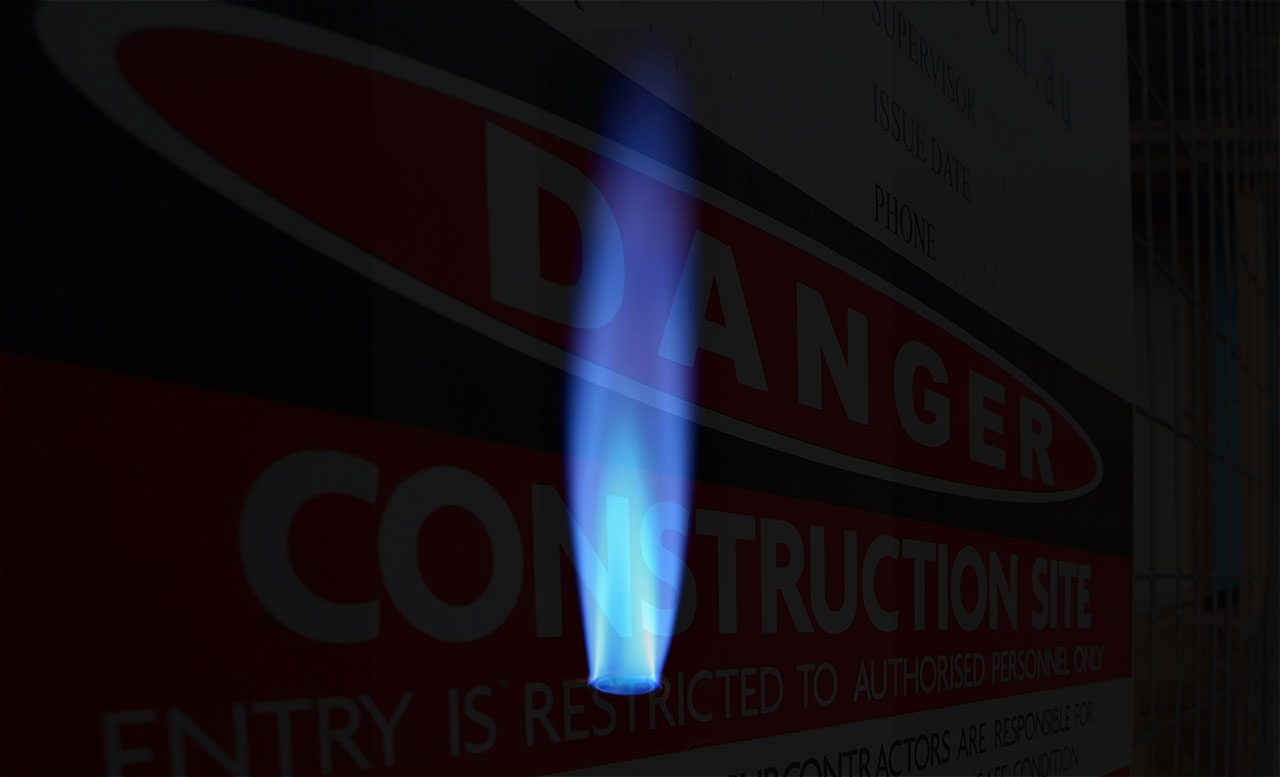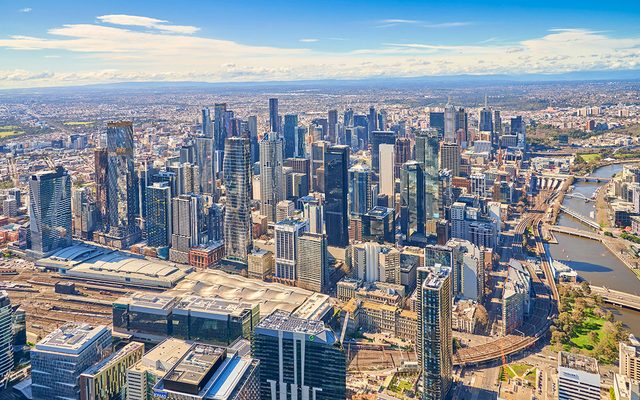This article is from the Australian Property Journal archive
BUILDING and construction sites across Melbourne will remain open under stage four lockdown whilst all non-essential retail will be forced to close.
Premier Daniel Andrews revealed the sectors that will be allowed to continue to operate albeit at reduced capacity.
Rather than follow the New Zealand style full scale shutdown, Victoria’s construction industry will remain open, but it will be “scaled back”, the premier said.
For commercial office, retail and industrial warehouse construction, as well apartments developments of over three-storeys, companies will need to reduce their workforce down to the “practical minimum” with no more than 25% of their workforce onsite.
Smaller residential home construction is also permitted to remain open, but restricted to no more than five people per site.
As for large scale infrastructure projects, there will be plans to reduce the workforce more.
“Our construction sector, the lifeblood of our economy, will also move to pilot light levels. This will allow the industry to keep ticking – while also making sure we limit the number of people onsite,” Premier Andrews said.
“To date, we’ve almost halved the number of people onsite on some of our biggest government projects. Now we’re going to go through project by project, line by line to make sure they are reduced to the practical minimum number of workers. These workplaces that are continuing to operate will also have additional requirements including extra PPE, staggering shifts, staggering breaks, health declarations and more support for sick workers to ensure they stay home,” he added.
On the weekend, property industry groups and the powerful union CFMEU called on the government to exempt the construction industry from the stage 4 restriction.
In a joint letter, they said the value of construction work undertaken per annum in Victoria is over $57 billion, representing almost 13% of the state’s Gross State Product and accounting for over 45% of tax revenue. Construction employs nearly 1 in 10 workers in Victoria, this is approximately 300,000 people in full and part-time positions in over 200,000 businesses.
“As the pandemic has progressed in Victoria, the building, construction and development industry has recorded a job loss of around 8,300 or 3% decline from the first quarter of 2020. The strain on the industry is also evident as residential building approvals declined by nearly 15% in the June quarter, with the greatest falls being in multi-unit approvals. Whilst forecasts still predict a reasonable pipeline of activity across our industry, it is expected to reduce by over $6 billion, with more than $2 billion in lost tax revenue for the state,” they warned.
Capital Economics senior economist Marcel Thieliant predicts construction activity in Victoria will fall by at least 75%.
“Construction accounts nearly 8% of activity in Victoria.
“We estimate that Victoria’s existing restrictions result in output running around 10% below normal, but that drag will rise to around 20% under the new restrictions. What’s more, we are working on the assumption that these restrictions will be extended until the end of Q3.
“Victoria accounts for 25% of Australia’s GDP. Across Australia, we now expect consumption to only rebound by 4.5% in Q3 compared to our previous forecast of a 6% rise, due to the closure of most non-essential shops in Victoria. And the restrictions on construction in Victoria along with the continued fall in dwellings approvals may see private investment plunge at an even faster pace in Q3 than in Q2,” Thieliant added.
Thieliant said tighter lockdown could cause Australia’s overall GDP to be around 1.5% lower than otherwise across Q3.
“Given that we were forecasting a 2% rise in Q3 GDP before today’s tighter restrictions were announced, this means that we now anticipate a measly 0.5% q/q rise in GDP in Q3. Output could fall even further if the surge in cases in Victoria isn’t brought under control by the end of Q3 or if other states experience a similar spike in cases and need to reimpose restrictions on activity,” he continued.
The new business lockdown is expected to impact a further 250,000 workers in addition to the 500,000 already working from home and 250,000 that have been stood down.
“That is essentially a million workers who are not travelling to and from work every day,”
But Premier Andrews said, “But what is clear is that if we don’t do this now, if this doesn’t work, then we’ll need a much longer list of complete shutdowns,”
“It’s hard to imagine what a stage 5 might look like. But it would radically change the way people live. Not just rules on when and where you can go shopping – but restrictions on going shopping at all,” the premier warned.
Meanwhile from 11:59PM this Wednesday, all non-essential retail will be forced to close, with only supermarkets, grocery stores, bottle shops, pharmacies, petrol stations, banks, newsagencies, post offices allowed to operate.
Some retail stores will be permitted to operate contactless ‘click and collect’ and delivery services with strict safety protocols in place, and hardware stores such as Bunnings can remain open, but for tradespeople only.
Premier Andrews said businesses impacted by the lockdown can apply for a $10,000 grant, boosted from $5000, to match the first Business Support Fund package.
However, unlike the first package only businesses registered with WorkSafe on 30 June 2020 are eligible for the Business Support Fund Expansion grant. As result, only 12,600 businesses have so far qualified for the expansion, worth $63 million.
In contrast, 77,600 business qualified for the first grant at a cost of $776 million.




